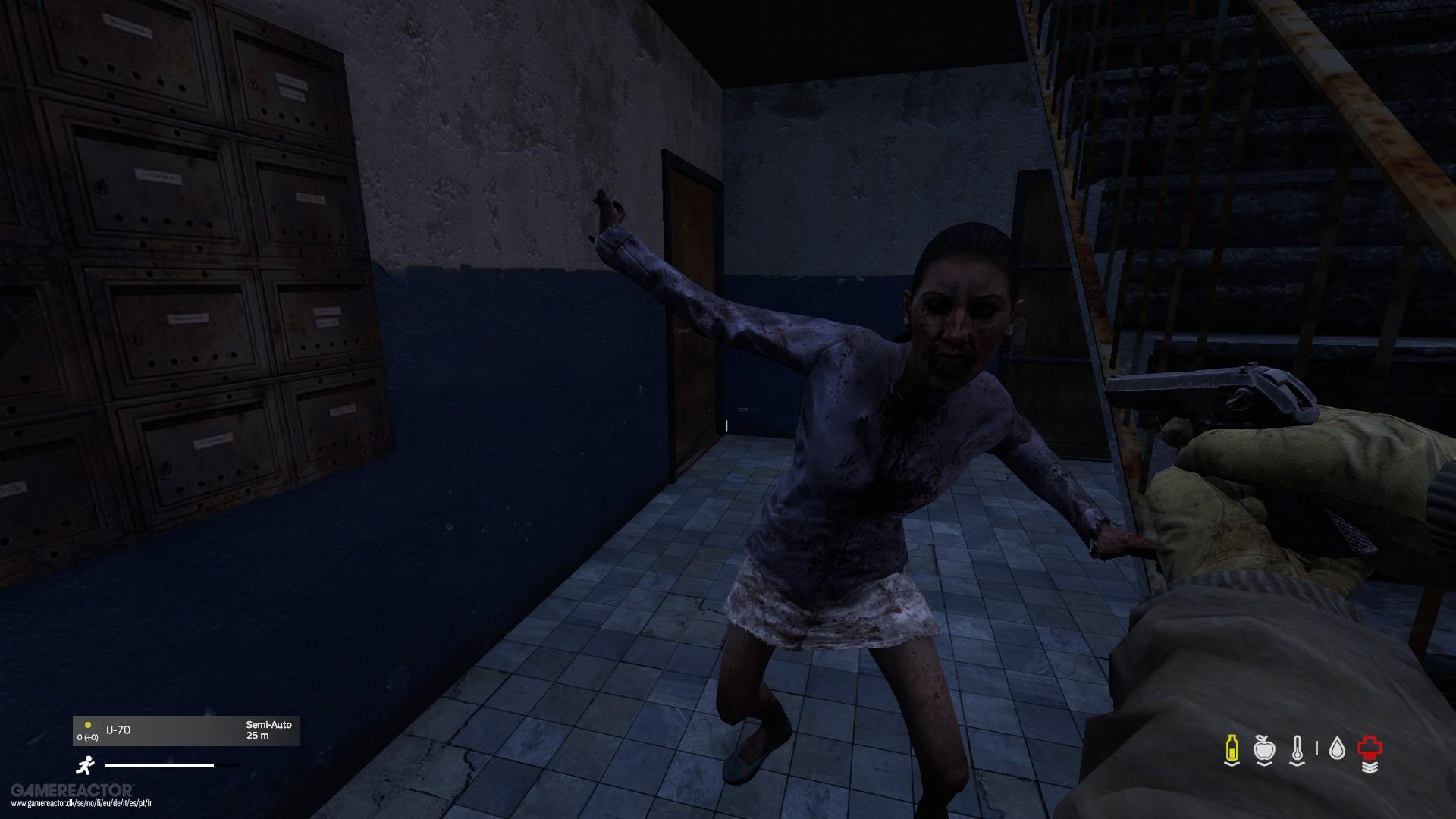
Black Knights Tango Pdf File
Supreme commander forged alliance mods. Total Mayhem is a mod for Supreme Commander: Forged Alliance, created by.Description:This mod will add new units to your supreme commander Forged Alliance game. All my units will have Sorian AI support.Installation:Before installing this version you must delete any previous installations of Total Mayhem Unzip in your C:documents and settings-your username-My documentsMy gamesGas powered gamessupreme commander forged alliancemods folder. This mod can be played in both single player and multiplayer.
John's Homepage
Nimzo & Benoni Forum
Heroes & Slayers
April '20- What's New
March '20 Update
February '20 Update
January '20 Update
Previous Updates
PDF eBooks
Playable eBooks
PGN Games Archive
Success Rates
Traps & Puzzles
Books & Videos
About John Emms
Feedback
The Black Knights' Tango is a chess opening beginning with the moves: 1. Black usually responds with 3.e6, although 3.d6, intending a kind of Old Indian Defense. Create a book Download as PDF Printable version.
Elsewhere I've taken an overdue look at the Zürich Variation of the Nimzo (1 d4 Nf6 2 c4 e6 3 Nc3 Bb4 4 Qc2 Nc6!? - this can be reached via the Tango), while Veselin Topalov, playing the best chess of his life at the moment, makes the usually-solid Queen's Indian look like a forced win for White.
Enjoy!
Remember, if you have any opinions, ideas or questions, please either make yourself heard at the Forum (the link above on the right) or subscribers can email me at JohnEmms@ChessPublishing.com.
Two Knights Tango (Richard Palliser)
Tango: 3 Nf3 e6 4 Bf4
We start off with the game Palo - Nakamura, Copenhagen/Malmö 2005: 1 d4 Nf6 2 c4 Nc6 3 Nf3 (surprised by the Tango, White often responds with this, steering the game back towards more usual queen's pawn positions) 3..e6 4 Bf4:
This move is rare and not particularly strong.
Tango: 3 Nf3 e6 4 a3 d6!
Along with the Nc3 and h4 lines, 1 d4 Nf6 2 c4 Nc6 3 Nf3 e6 4 a3!? is White's most critical response to the Tango:
4..d5 isn't an especially appealing Queen's Gambit, and so these days Black usually prefers a King's Indian set-up, albeit with an important twist: 4..d6!. See Reiss - Rozentalis, Augsburg 2004.
The 4 a3 d5 Tango: still a playable option?
1 d4 Nf6 2 c4 Nc6 3 Nf3 e6 4 a3 remains a critical test of the Tango, but Black appears to be holding his own with 4..d6 5 Nc3 g6; the choice of Bologan and Nakamura. That's where attention was focused in my new book, Tango! A Dynamic Answer to 1 d4, but I've already received some questions about the older 4..d5:
When Orlov's excellent book came out in 1998 this was still seen as much as 4..d6, but it has now been largely superseded. None of the leading Tango exponents, except for Vlassov, has stuck with 4..d5, but is it so bad?

Here we'll examine after 5 Nc3:
1) 5..Be7, treating the position as a QGD - see Moore - Bareham, Exmouth 2003.
2) 5..g6, the Grünfeld-style option is seen in Lorscheid - Berescu, Triesen, 2004.
3) 5..dxc4, exchanging central control for the bishop pair in Najer - Vlassov, Internet 2004, where we'll also cover 5..a6, Yermolinsky's choice against Kasparov back in 1998.
5 Nc3 is White's main move, but if he wishes to exploit the inclusion of a3 then an exchange on d5 and the minority attack is a logical try. Thus he might opt for the immediate exchange with 5 cxd5 - see Lukacs - Blatny, Austrian Team Championship 1997.
Nimzo Indian Zürich Variation (4 Qc2 Nc6)
1 d4 Nf6 2 c4 e6 3 Nc3 Bb4 4 Qc2 Nc6:
So far I've harshly neglected 4..Nc6 on this website, so it's about time I did something to redress the balance. The first thing to say about 4..Nc6 is that there is some logic to attacking the d4-pawn now that White's queen is committed to c3. Another thing to mention is that some Black players will be attracted by the relative lack of theory, especially when compared to 4..0-0 and 4..d5. Black tends to play in the same way against virtually all of White's possibilities: ..d7-d6, ..e6-e5 etc.
Skalski - Azarov, Krakow 2005 continues 5 Nf3 d6 6 a3 Bxc3+ 7 Qxc3 and now 7..a5, preventing White from expanding on the queenside with b2-b4, while in Komljenovic - Belezky, Campillos 02.2005, Black prefers 7..Qe7:
It should be mentioned that the Zürich Variation is especially important for Tango players, who can reach it via 1 d4 Nf6 2 c4 Nc6 3 Nf3 e6 4 Nc3 Bb4 5 Qc2.
Nimzo Indian 4 f3
In Guthrie - Hinks Edwards, Coventry 2005 Black plays what I believe to be a very reliable line against 1 d4 Nf6 2 c4 e6 3 Nc3 Bb4 4 f3.
Queen's Indian 4 g3 Ba6 5 b3
Finally this month, a couple of inspiring games from Veselin Topalov who, after his recent performances, is very much the man of the moment in the chess world. In two games from the recent Mtel Masters in Sofia he wiped out both Anand and Ponomariov in a line of the Queen's Indian that is supposed to be super-solid for Black:
Topalov - Ponomariov, Sofia 2005: 1 d4 Nf6 2 c4 e6 3 Nf3 b6 4 g3 Ba6 5 b3 Bb4+ 6 Bd2 Be7 7 Nc3 0-0 8 Rc1!?
8 Rc1 is Topalov's patent. I can't be certain, but I suspect that this is a high-class 'semi-waiting' move, trying to induce Black into playing ..c7-c6 before advancing with e2-e4. And of course the rook can become active in many lines.
Topalov - Anand, Sofia 2005: 1 d4 Nf6 2 c4 e6 3 Nf3 b6 4 g3 Ba6 5 b3 Bb4+ 6 Bd2 Be7 7 Nc3 c6 8 e4 d5 9 Qc2!? dxe4 10 Nxe4 Bb7
and here Topalov produced 11 Neg5!?, a deceptively difficult move to meet.
Have a good month! See you next time!
John
